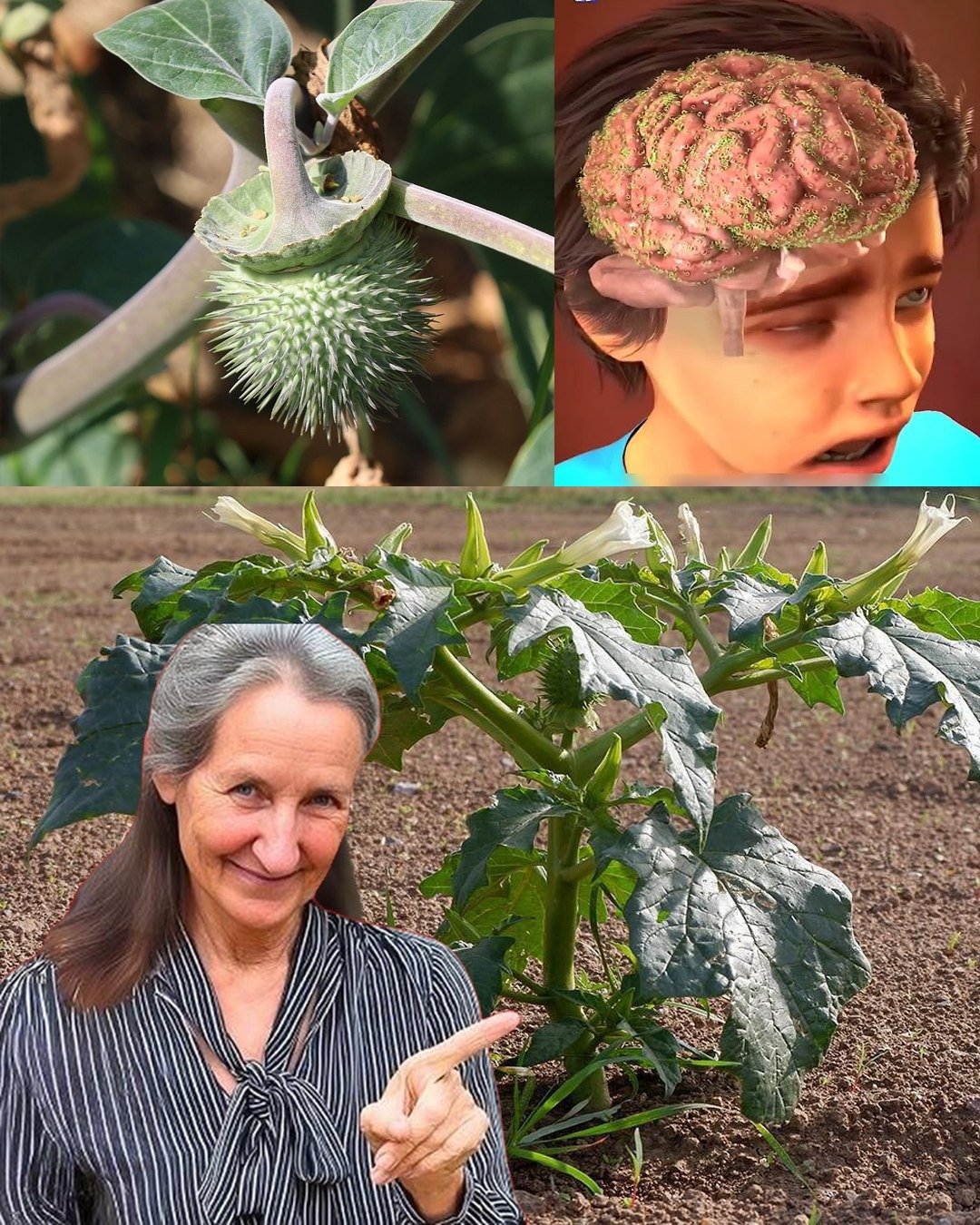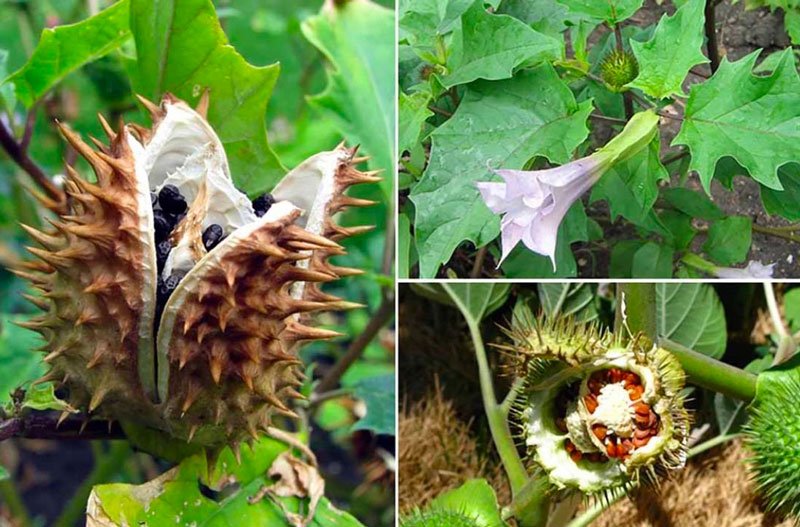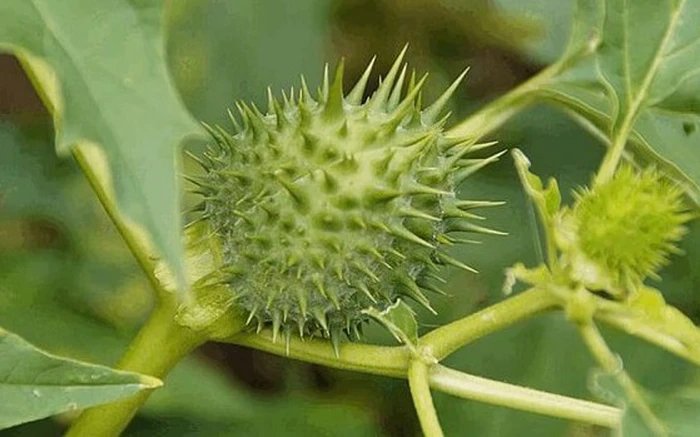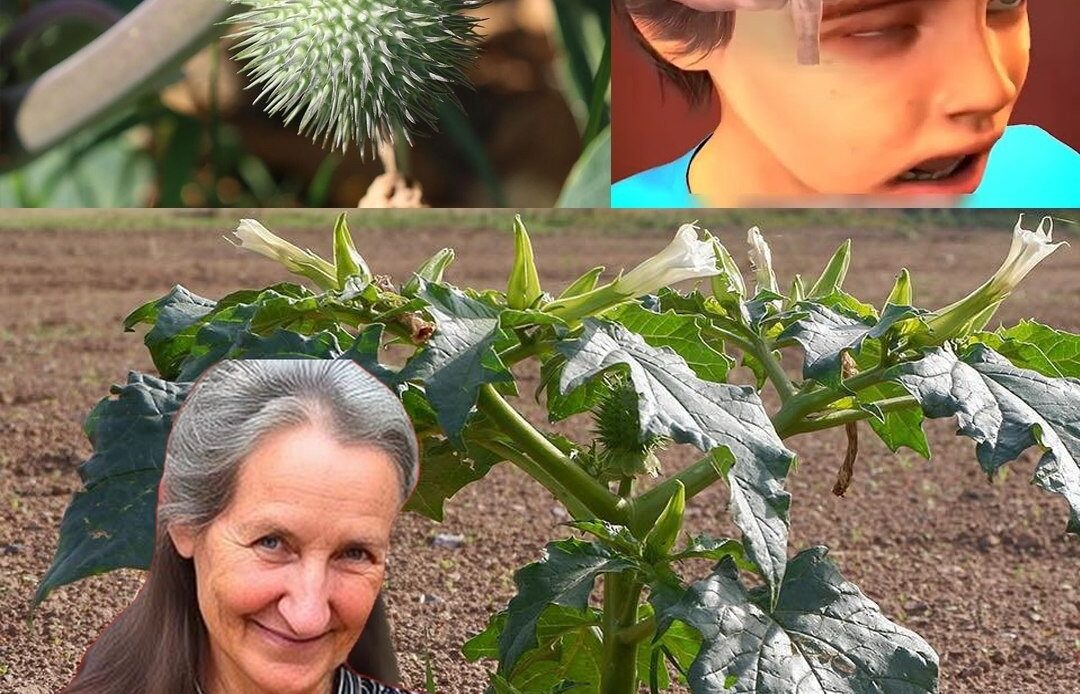Nature is full of surprises—some beneficial, some dangerous. While many plants offer medicinal or nutritional value, others can pose serious health risks. One such plant, commonly found in backyards, fields, and roadsides, is **jimsonweed (Datura stramonium)**—a seemingly harmless weed that actually carries a shocking secret.
If this plant is growing near your home, you could be at risk. Jimsonweed is **highly toxic** and can have severe effects on humans and animals alike. This article will reveal everything you need to know about this dangerous plant, including its identification, risks, symptoms of poisoning, and how to remove it safely.
## **What Is Jimsonweed?**

Jimsonweed, also known as **thorn apple, devil’s snare, or angel’s trumpet**, is a fast-growing weed that thrives in warm climates. It is part of the nightshade family and is infamous for its toxicity.
### **How to Identify Jimsonweed**
Jimsonweed can be mistaken for an ordinary weed, but its **distinct features** make it easy to recognize:
– **Leaves**: Large, dark green, with irregular, jagged edges. They have a foul smell when crushed.
– **Flowers**: White or pale purple, trumpet-shaped, and can grow up to 5 inches long. They bloom in late summer.
– **Fruits**: Spiky, round seed pods that contain hundreds of small black seeds.
– **Height**: Can grow up to 5 feet tall, making it stand out in gardens or open fields.
Despite its eye-catching flowers, this plant is anything but safe.
## **The Hidden Dangers of Jimsonweed**

Jimsonweed is **extremely toxic**, containing high levels of tropane alkaloids, including **atropine, scopolamine, and hyoscyamine**. These substances **affect the nervous system** and can cause severe poisoning, even in small amounts.
### **Symptoms of Jimsonweed Poisoning**
If ingested, touched, or inhaled, jimsonweed can lead to a range of dangerous symptoms, including:
– **Hallucinations and delirium** – Jimsonweed has been historically used for its mind-altering effects, but its hallucinogenic properties can cause confusion, paranoia, and extreme disorientation.
– **Blurred vision and dilated pupils** – One of the first signs of poisoning, this occurs because the alkaloids interfere with the nervous system.
– **Rapid heart rate and high blood pressure** – Dangerous spikes in heart rate can lead to heart complications, especially in children and the elderly.
– **Dry mouth and difficulty swallowing** – A common effect of the plant’s compounds, making speech and breathing difficult.
– **Severe nausea and vomiting** – Even small amounts can cause digestive distress.
– **Seizures, coma, or even death** – In severe cases, jimsonweed poisoning can be fatal, especially if left untreated.
### **Who Is at Risk?**
– **Children and pets** – Curious hands and paws can easily come into contact with this plant. Even a small amount of ingestion can be life-threatening.
– **Gardeners and farmers** – People who work in outdoor spaces may unknowingly come into contact with the toxic leaves and seeds.
– **Foragers or herbal medicine enthusiasts** – Mistaking jimsonweed for an edible or medicinal plant can have deadly consequences.
If you suspect **jimsonweed poisoning**, seek **immediate medical attention**. Do not wait for symptoms to worsen.
## **Why Does Jimsonweed Grow in Your Backyard?**

Jimsonweed spreads easily through **wind, birds, and animals**, meaning its seeds can find their way into almost any environment. It thrives in:
– **Abandoned lots and roadsides**
– **Fields and farms**
– **Home gardens**
– **Parks and playgrounds**
It is highly adaptable and can **grow in poor soil conditions**, making it even harder to control.
## **How to Safely Remove Jimsonweed from Your Yard**
Since jimsonweed is so toxic, handling it requires **extreme caution**. Follow these steps to **safely eliminate it**:
### **1. Wear Protective Gear**
Before touching the plant, wear:
✔ Thick gloves
✔ Long sleeves and pants
✔ A mask to avoid inhaling toxic particles
### **2. Remove the Entire Plant, Including the Roots**
– Use a small **shovel** or **gardening fork** to pull out the plant from the root.
– **Do NOT burn it**—burning releases toxic fumes that can be inhaled.
### **3. Dispose of the Plant Properly**
– Place it in a sealed **garbage bag** and throw it away.
– Avoid composting—it can spread seeds.
### **4. Prevent Regrowth**
– Regularly check your yard for new seedlings.
– Cover the area with **mulch or landscaping fabric** to prevent future growth.
## **Final Thoughts – Protect Yourself and Your Loved Ones**

Jimsonweed may look like just another backyard plant, but its **toxic properties make it one of the most dangerous weeds to have around your home**. It is crucial to recognize it, avoid contact, and remove it safely to prevent poisoning.
If you have **children, pets, or spend a lot of time gardening**, stay **vigilant** and take precautions to **keep your outdoor spaces safe**.
Have you ever seen this plant growing near your home? Let us know in the comments 🚨🌿
\#HiddenDanger #PlantWarning #StaySafe #NatureSecrets
